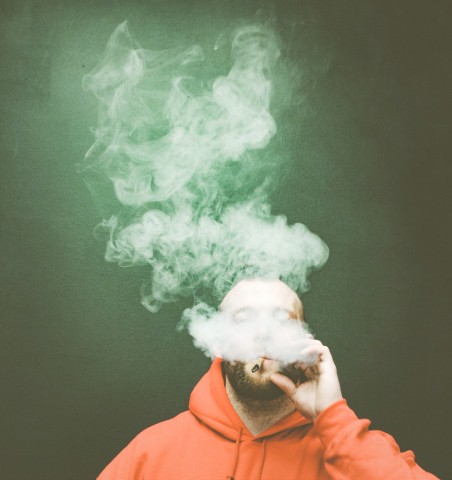Within the next year, there will be legal access to cannabis for all Canadians — assuming you meet the age requirement, which is still pending. However, the anticipation for the legalization of marijuana has created a successful distraction from another drug issue: the current opioid crisis in this country.
From January to May in 2017, over 500 people died due to the over-ingestion of an opioid drug called fentanyl. However, it’s important to note that the number of deaths is skewed because of unreported numbers from several provinces, including our own.
In fact, 500 deaths is perhaps an insignificant statistic with regards to opiates, as this number applies exclusively to fentanyl and does not include other opiates, such as oxycontin, hydromorphone and methadone. The opioid death toll for 2017 has yet to be finalized, but in 2016, according to Health Canada, there were 2816 opioid-related deaths in Canada.
While the legalization of marijuana has the potential to bolster our economy, lead to medical research on the drug and clear room in prisons by preventing people from being convicted of petty drug charges, it sadly will not help the fight against opiates in our country.

Is Canada rushing to mediate the lesser of two evils?
Chronic cannabis users and chronic users of opiates face different experiences — they are not one and the same. Generally, it seems that those who use opiates have fallen into it, either after being ill and having a doctor prescribe opiates or by encountering fentanyl mixed into recreational drugs like cocaine or ecstasy.
So, what kind of legislation could the Canadian government pass to prevent further deaths caused by opiates in Canada? I’d say the government is off to a good start. The Good Samaritan Drug Overdose Act was passed in May 2017, allowing those who are with a person who overdoses to call the police without the fear of being charged with a drug offence themselves.
Another measure that the Canadian government can take is to fund safe-injection sites across Canada, which — if equipped with forensic drug analysis tests — would allow people to sgee what else is hidden inside recreational drugs like ecstasy. This would help decrease the number of deaths across Canada from the accidental ingestion of opiates, which have been used to lace other recreational drugs.
To better serve the public, the government could also create a system that monitors doctors who are able to prescribe drugs. This would prevent the over-prescribing of opiates to patients. Monitoring these doctors would help stop up a direct pipeline for these drugs.
Without the support of the government, the opioid crisis will continue, creating more problems for the Canadian population. In a public forum on cannabis legalization held by VICE Canada, Trudeau was confronted about the opioid crisis by Toronto harm-reduction worker Zoë Dodd. Trudeau admitted that the issue of opiates is, in fact, a national crisis and that they hadn’t reached a solution.
My question to the prime minister is, if you know that your government is not doing enough, why is there no legislation being tabled that would further help the groups that are affected by the opioid crisis?
Why are doctors not being monitored more closely? Why is more funding not being made available to the people working the front lines of harm reduction? Why aren’t more safe-injection sites being created for the safety of those who do use opiates? Trudeau has made great steps toward the legalization of cannabis, but he needs to apply the same focus to the bigger issue of the opioid crisis.
—
Jordan Stovra
Photo: Gabbie Torres